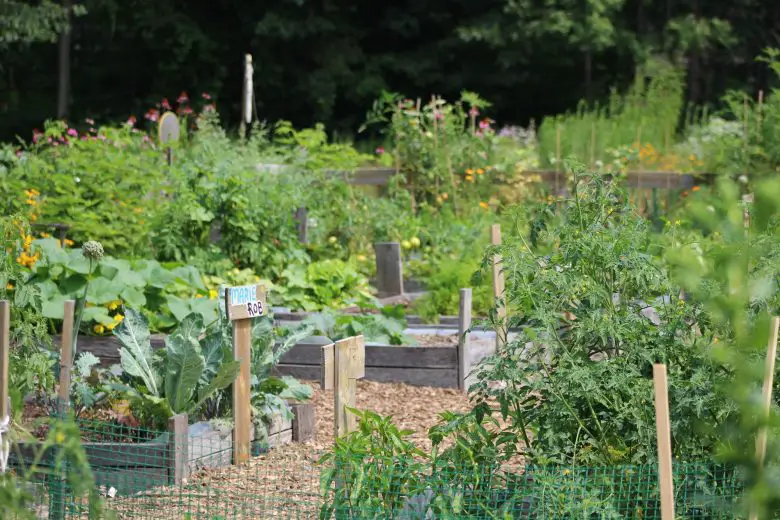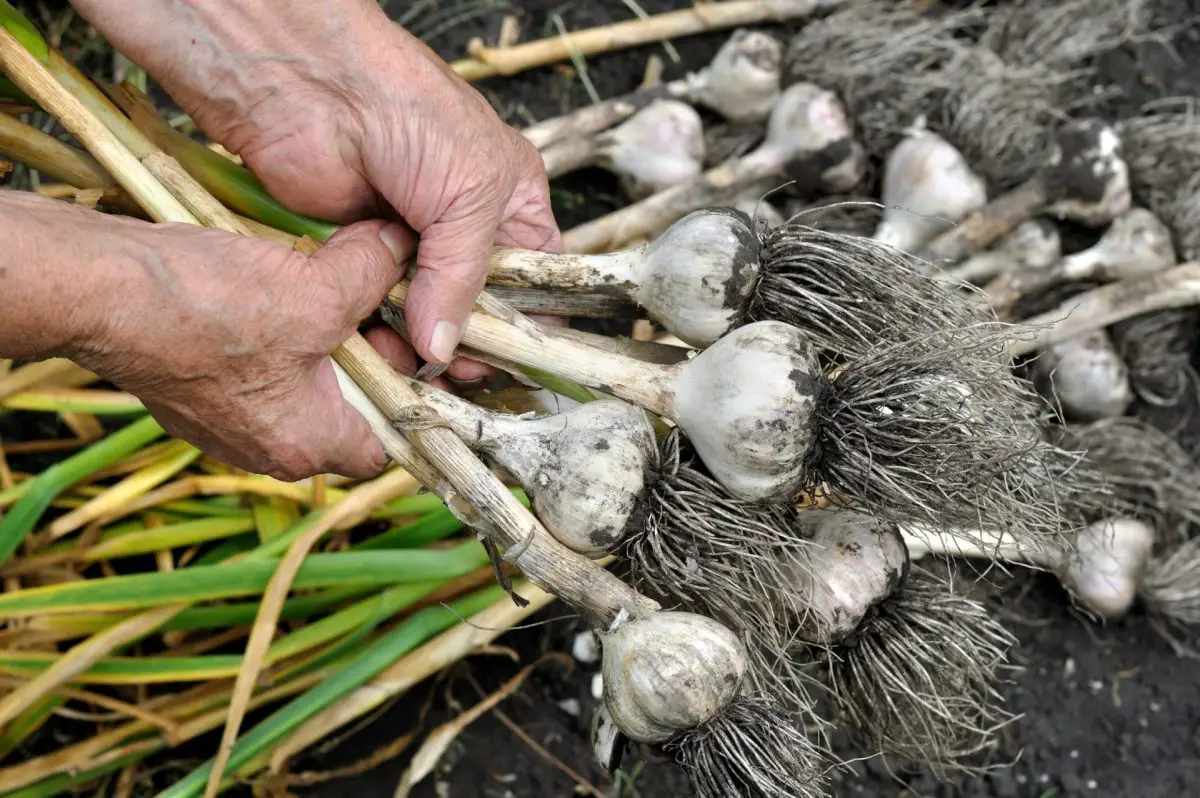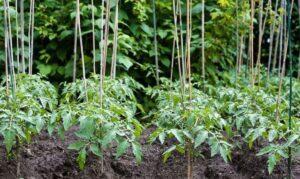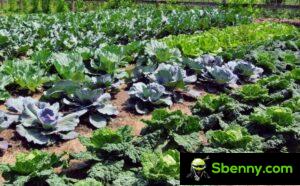The associations between plants in an organic garden they are an agricultural practice that involves growing different plants together, so that they can benefit each other and improve the health of the soil. This technique is based on the knowledge of the relationships between the different plant species and their nutritional, water and light needs.
Interplanting plants in an organic garden can help create a healthy and productive environment for plants and animals, as well as provide healthy and nutritious food for people.
In this article we see what are the different types of intercropping, the advantages of this practice and a summary table with the most common intercropping of vegetables.
What are the techniques for intercropping vegetables?

There are several intercropping techniques between vegetables that can help improve crop yields and reduce the need for cultural interventions.
Here are some examples of intercropping techniques between vegetables:
- crop rotation: this technique involves the cultivation of different vegetables in succession, in order to avoid the accumulation of diseases or parasites in the soil. For example, after growing a plant that needs a lot of nutrients like the tomatoyou can grow a leguminous plant such as i beans which can enrich the soil with nitrogen;
- complementary plants: some plants can be grown together because they are complementary. For example, the corn and the beans can be grown together because the latter can enrich the soil with nitrogen and the corn provides support to the beans which are a climbing plant. Another example is that of zuchinis and gods cucumbersplants of the cucurbitaceae family that can be grown together with herbs as helping to keep away the pests to which the main crops are subject;
- antagonistic plants: some plants can be grown together because they “antagonize” each other, i.e. one plant can repel the parasites that attack the other. For example, the celery can be grown together with carrots because it can reject the carrot fly;
- sheltering plants: some vegetables are grown together as they provide shade and protection to other plants. For example, tomato plants can be grown alongside basil plants because basil benefits from the shade of tomato plants and at the same time basil keeps away some tomato pests like le bed bugs.
In general, the intercropping techniques between vegetables depend on the specific needs of the plants and on the layout and spaces of the garden, but the goal is always to create a healthy and productive environment for the plants.
What are the advantages of associating plants in an organic garden?
There are several advantages in associating the plants in the organic garden, here they are:
- Partnering plants means cultivating different plant species in the same space, which increases the biological diversity of the garden and improves its resistance to diseases and parasites;
- Some plants have insecticidal or pest repellent properties, which avoids the need to use chemical pesticides. Furthermore, associated plants can help keep the soil fertile and increase the organic substance, thus avoiding the use of chemical fertilizers such as mineral fertilizers which deplete the soil in the long run;
- Intercropping in the garden can increase the yield of the crops because some species can favor the growth of other nearby plants, improve the quality of the soil or attract pollinating insects;
- The home garden is usually done in limited spaces, cultivating several plants together in the same space means making the most of the available surface and increasing the production of food per unit of surface;
- Intercompanying vegetables can reduce the need for manual cultivation interventions, such as weeding or continuous irrigation, because the intercropping plants can help each other.
Vegetable association table
Below we insert some examples of possible intercropping between vegetables, and the choice of plants to grow together depends on the specific conditions of the garden and the preferences of the organic farmer.
It is also important to pay attention to incompatibilities between plants, for example to avoid growing tomatoes and potatoes together, since both plants, belonging to the same botanical family, are sensitive to the same disease, i.e. downy mildew Having traced the general objectives of the vegetable garden intercropping, here is a summary list of the most common vegetable intercropping:
- tomato and basil
- lettuce and radishes
- carrots and celery
- beans and corn
- zucchini and cucumber
- peas and potatoes
- pepper and parsley
- onions and lettuce
- cauliflower and celery
- squash and corn
- carrots and peas
- zucchini and runner beans
- tomato and beans
- salad and beans
- onions and spinach
- corn and squash
- lettuce and peas
- rocket and tomato
- cucumber and melon
- cabbage and peas
- cabbage and fennel
- broccoli and sage
- carrots and garlic
- radishes and spinach
- onions and cucumbers
- celery and runner beans
- peas and celery
- cauliflower and lettuce
- aubergines and basil
- carrots and onions
- cabbage and celery
- peas and mint
- lettuce and radishes
- broccoli and spinach
- strawberries and beans
- cucumber and corn
- pumpkin and melon
- onions and beets
- celery and lettuce
- green beans and zucchini
- artichokes and lettuce
- peppers and beans







Start a new Thread